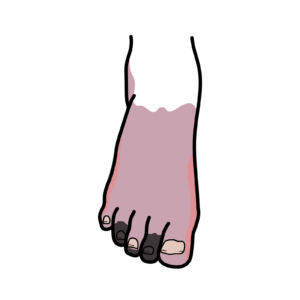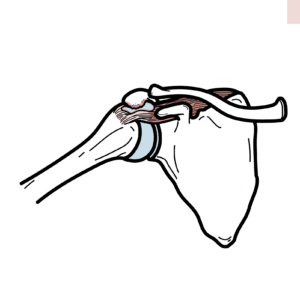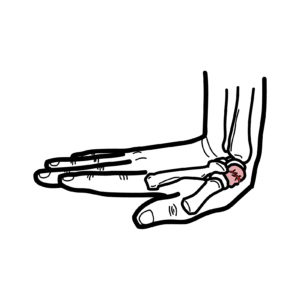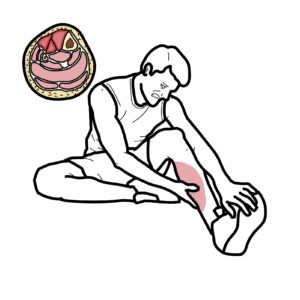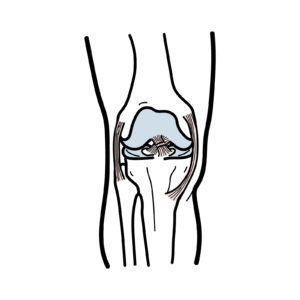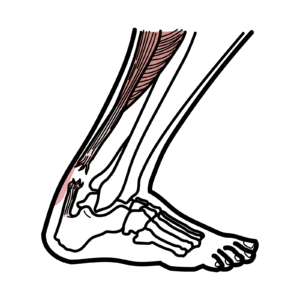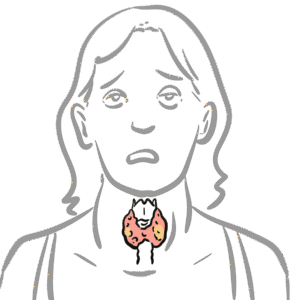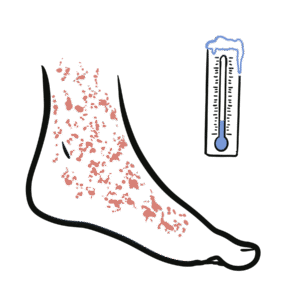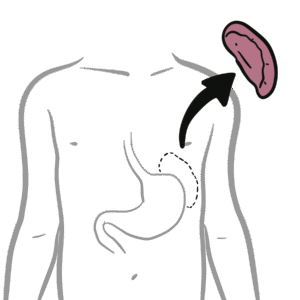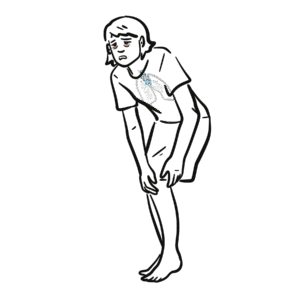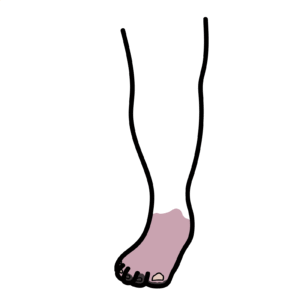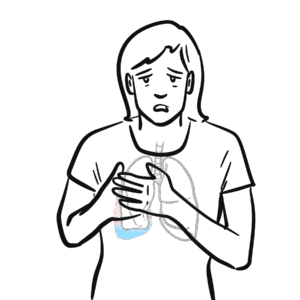Basal ganglia overview
Basal ganglia explained: learn how these deep brain nuclei regulate movement, posture, and reward processing—key for understanding Parkinson’s and Huntington’s. In this clear, engaging video you’ll explore the anatomy and function of the basal ganglia, including the striatum (caudate nucleus and putamen), globus pallidus (GPe/GPi), subthalamic nucleus, and substantia nigra (pars compacta and reticulata). Discover how glutamatergic cortical inputs and dopaminergic signals from the substantia nigra shape the direct and indirect pathways, producing smooth voluntary movements while suppressing unwanted actions. The video breaks down neuronal types (GABAergic projection neurons, interneurons, glutamatergic and dopaminergic cells), major afferent and efferent circuits (corticostriatal, thalamostriatal, and pallidothalamic pathways), and the subthalamic nucleus’s role in movement modulation. Practical clinical cases illustrate why basal ganglia dysfunction matters: Parkinson’s disease (dopaminergic degeneration causing bradykinesia, tremor, rigidity), Huntington’s disease (CAG repeat–driven hyperkinesia and neurodegeneration), hemiballism from subthalamic lesions, and Tourette syndrome’s tic-related circuitry. Ideal for medical students, neuroscience enthusiasts, and clinicians seeking a concise, functional overview, this video connects microanatomy to motor control and common movement disorders. Watch to solidify your grasp of basal ganglia circuits, recognize their clinical presentations, and apply this knowledge to diagnosis and treatment contexts—subscribe for more neuroanatomy breakdowns.




